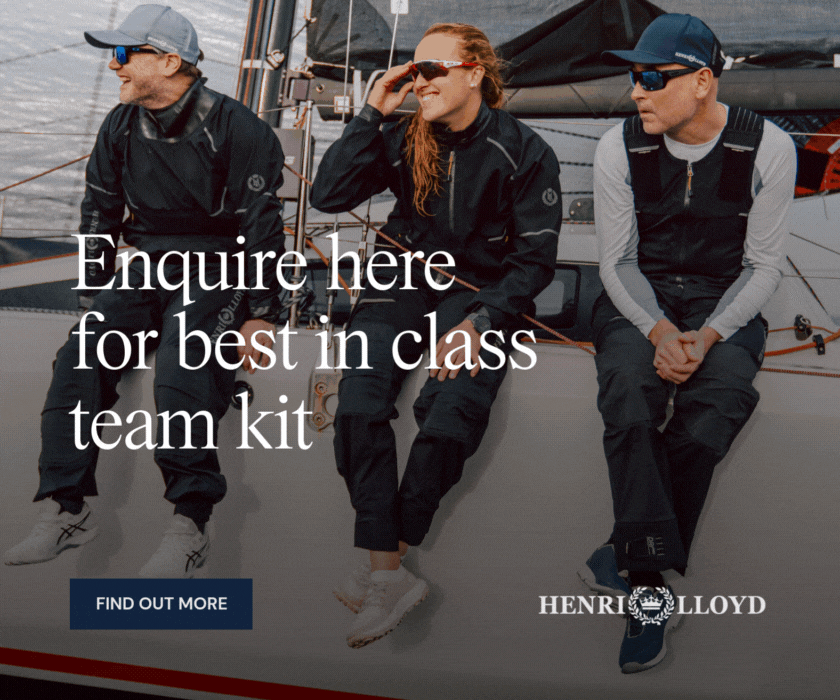

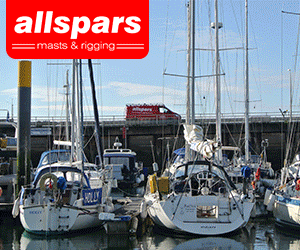



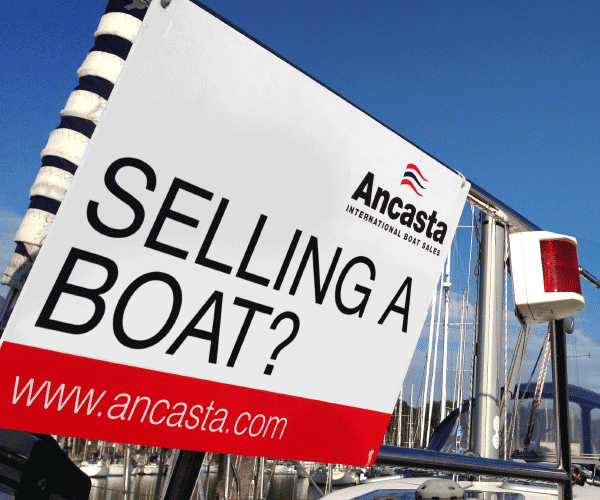
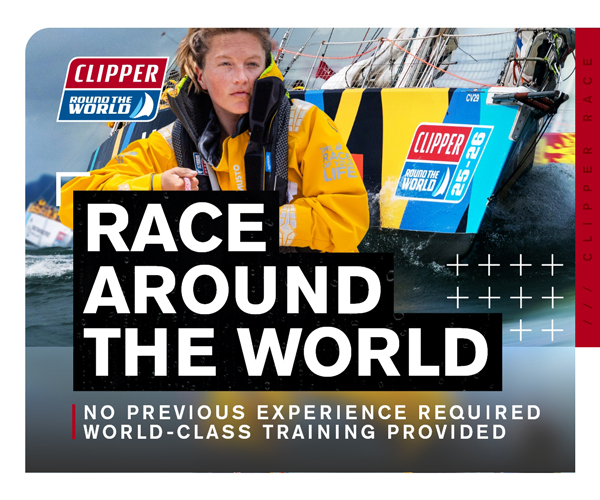

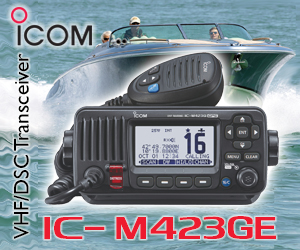

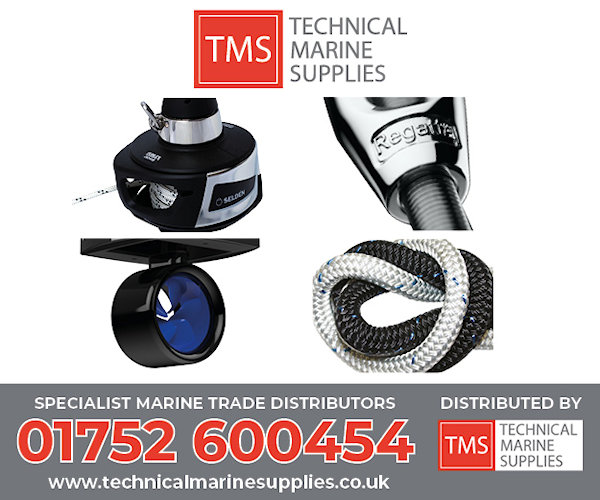

Boats for sale
| Free mast for Merlin Rocket - has a bend! Guildford |
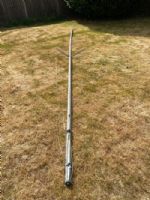 |
| Bruce Roberts classic 45 Valencia, Spain |
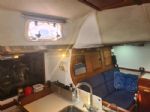 |
| Rossiter Pintail Mortagne sur Gironde, near Bordeaux |
 |
List classes of boat for sale |
These roll tack thingies.. |
Post Reply 
|
Page <12 |
| Author | ||
Guests 
Guest Group 
|
 Post Options Post Options
 Quote Quote  Reply Reply
 Topic: These roll tack thingies.. Topic: These roll tack thingies..Posted: 04 Dec 17 at 12:31pm |
|
|
I get that hull shape can make a boat turn. But I don't feel it is more important than the where the rig is in relation to the hull.
Also, don't all hulls flare in such a way that they head you up when heeled to leeward? In which case this would be another argument in favour of leeward heel on the entry. What sort of hull shape would require windward heel on the entry? And if that hull shape reacts well to windward heel when heading up on entry to a tack, why don't the sailors use windward heel when heading up in other situations, like the leeward mark? Or leeward heel at the windward mark? You don't see firefly (an example of a class which favours windward heel on entry) sailors heeling the boat to windward as they round up at the bottom mark, so why do it going in to a tack? Edited by mozzy - 04 Dec 17 at 12:35pm |
||
 |
||
iGRF 
Really should get out more 
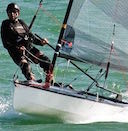
Joined: 07 Mar 11 Location: Hythe Online Status: Offline Posts: 6499 |
 Post Options Post Options
 Quote Quote  Reply Reply
 Posted: 04 Dec 17 at 1:29pm Posted: 04 Dec 17 at 1:29pm |
|
|
Well given in the kind of light zephry type conditions I'm talking about there is very little 'pressure' from the rig and lets be honest the momentum both into and out of the tack is kinetic and this is the bit I'm doing wrong, being far to aggressive apparently but then that's as much about red mist with the damn top batten not transitioning..
So it obviously does matter where the rig is into the tack so should you leave it close hauled in and maximise the rocking momentum or should you sheet out a bit more than you normally might in order to maximise the inward sheeting combined with the roll back to weather? |
||
 |
||
423zero 
Really should get out more 
Joined: 08 Jan 15 Location: United Kingdom Online Status: Offline Posts: 3420 |
 Post Options Post Options
 Quote Quote  Reply Reply
 Posted: 04 Dec 17 at 1:29pm Posted: 04 Dec 17 at 1:29pm |
|
|
I have a simpler interpretation, whichever way you heel it turns the other way, opposite to a bike.
|
||
 |
||
iGRF 
Really should get out more 

Joined: 07 Mar 11 Location: Hythe Online Status: Offline Posts: 6499 |
 Post Options Post Options
 Quote Quote  Reply Reply
 Posted: 04 Dec 17 at 1:45pm Posted: 04 Dec 17 at 1:45pm |
|
Exactly and why I like to heel the boat to leeward in these sort of conditions, this was another time in similar circumstance, so to go from there into a tack I obviously have to duck under the rig rather than the sensible way of walking round the front, but this inevitably initially rocks the boat the wrong way as my weight comes off the leeside. 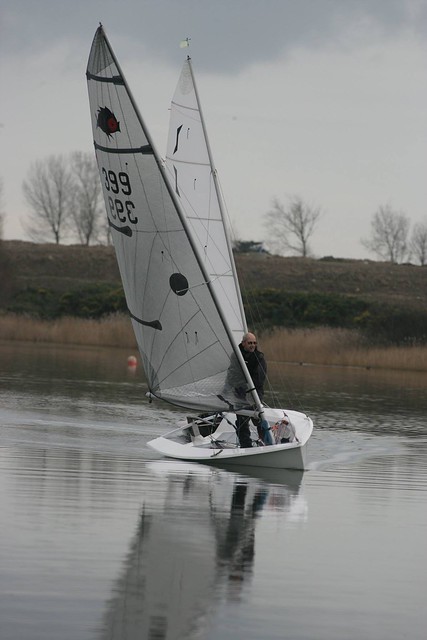
|
||
 |
||
Guests 
Guest Group 
|
 Post Options Post Options
 Quote Quote  Reply Reply
 Posted: 04 Dec 17 at 1:49pm Posted: 04 Dec 17 at 1:49pm |
|
In light winds you just have to be more patient. The forces all work the same way, you just have to wait for them to do their work. You're going slower through the water, so you're just going to have a slower rate of turn. Put (more) leeward heal on squeeze on the main and be patient. Wait for the boat to round up then as the sail starts to stall slowly pull it on top (this will create apparent in the rig and keep teh sail driving through the tack). Hold the tiller loose and just let it follow the turn. Give plenty of ease on the exit and pull the boat up right very slowly. One thing you see a lot of people do in light winds is put a too aggressive pump in. You get the same amount of energy back (via increased apparent at the top) whether you pull the rig back upright quickly or slowly. But if you pull it too quickly you loose energy stalling the sail (detaching the flow), and the same happens for the foils below the water. Edited by mozzy - 04 Dec 17 at 2:05pm |
||
 |
||
Tessa 
Newbie 
Joined: 29 Sep 06 Location: United Kingdom Online Status: Offline Posts: 25 |
 Post Options Post Options
 Quote Quote  Reply Reply
 Posted: 11 Dec 17 at 8:22am Posted: 11 Dec 17 at 8:22am |
|
Try comparing a Scorpion and an RS200. The big thing to deal with in a Scorpion is the hard chine on the hull. Windward heel on entry is less important than other things. However the right amount of leeward heel immediately reduces wetted area in a flat calm. In contrast in an RS200 it feels like the only thing we can do to unstick the boat from the water is to dig the bow in. Tessa
|
||
 |
||
Post Reply 
|
Page <12 |
| Forum Jump | Forum Permissions  You cannot post new topics in this forum You cannot reply to topics in this forum You cannot delete your posts in this forum You cannot edit your posts in this forum You cannot create polls in this forum You cannot vote in polls in this forum |
Bulletin Board Software by Web Wiz Forums® version 9.665y
Copyright ©2001-2010 Web Wiz
Change your personal settings, or read our privacy policy
Copyright ©2001-2010 Web Wiz
Change your personal settings, or read our privacy policy











 Printable Version
Printable Version Delicious
Delicious Digg
Digg Facebook
Facebook Furl
Furl Google
Google MySpace
MySpace Newsvine
Newsvine reddit
reddit StumbleUpon
StumbleUpon Twitter
Twitter Windows Live
Windows Live Yahoo Bookmarks
Yahoo Bookmarks Topic Options
Topic Options